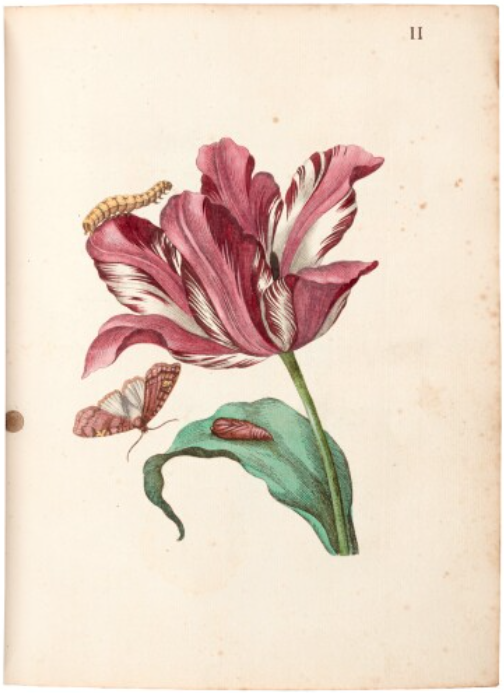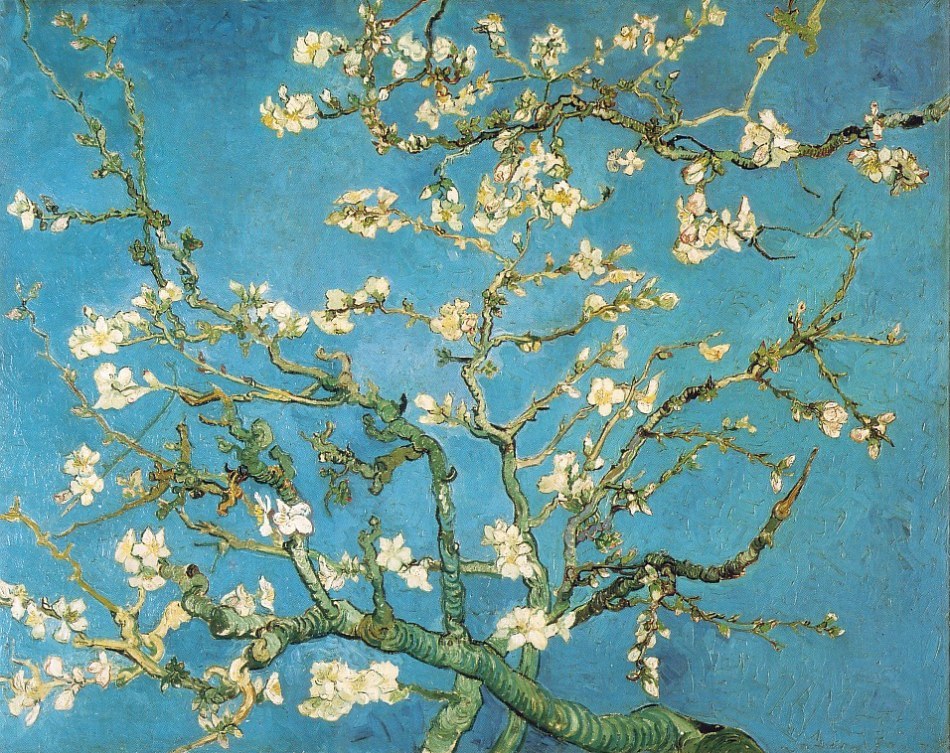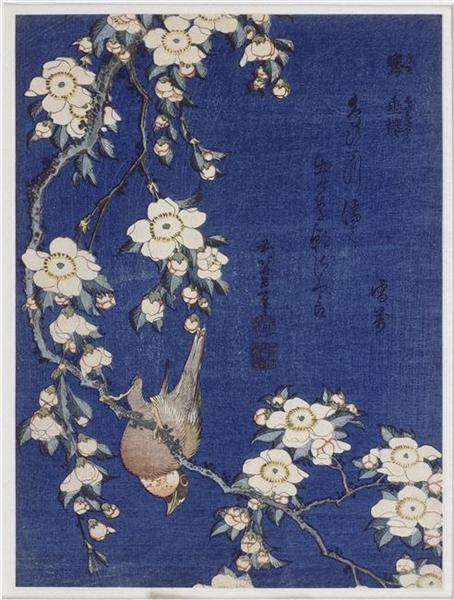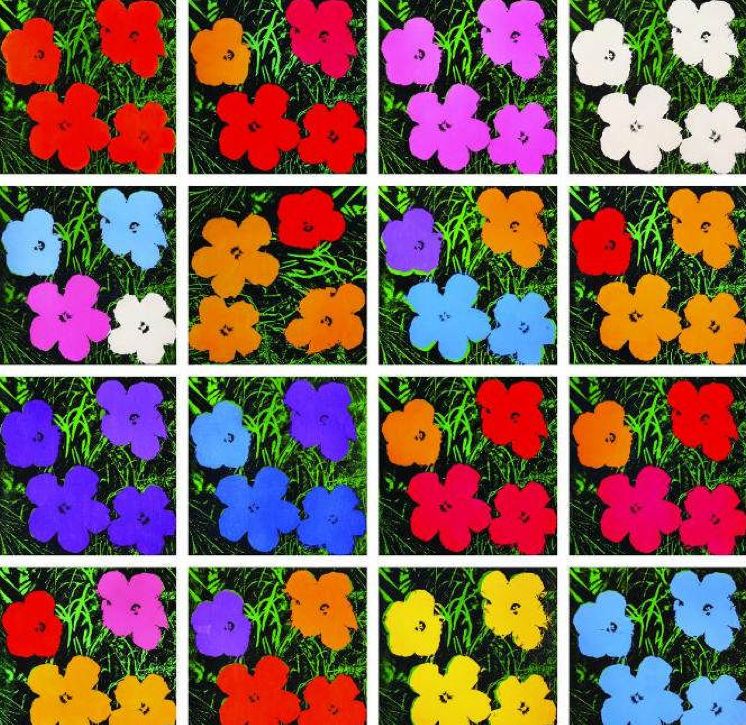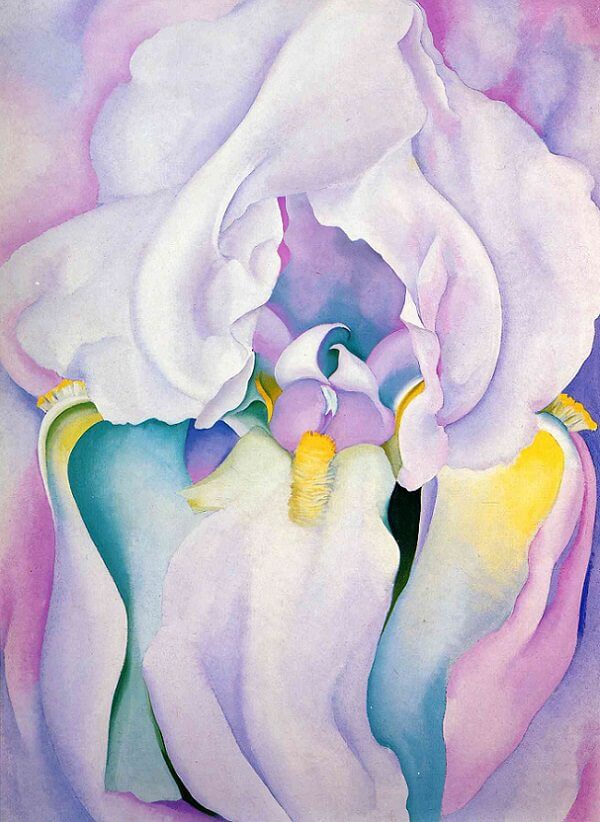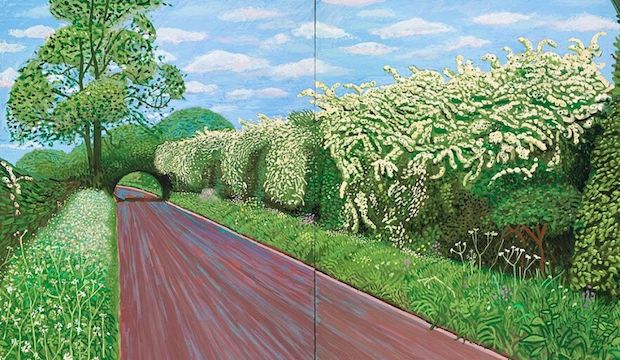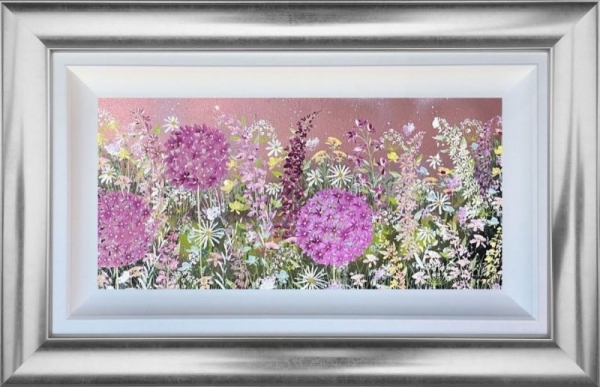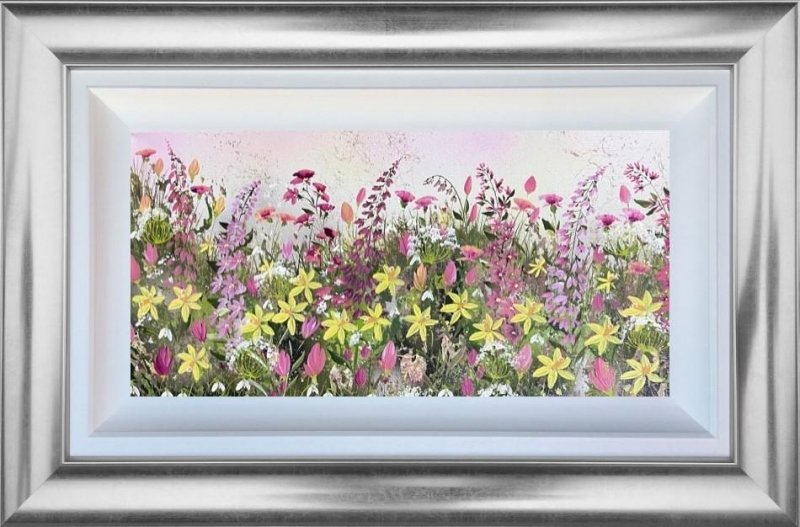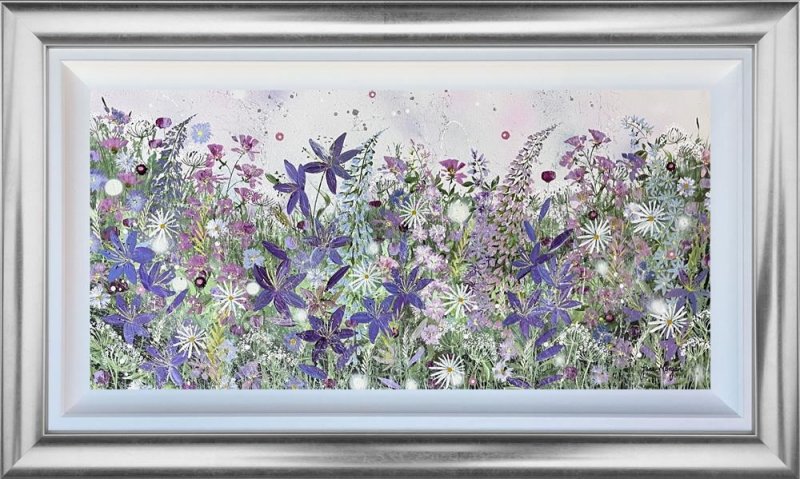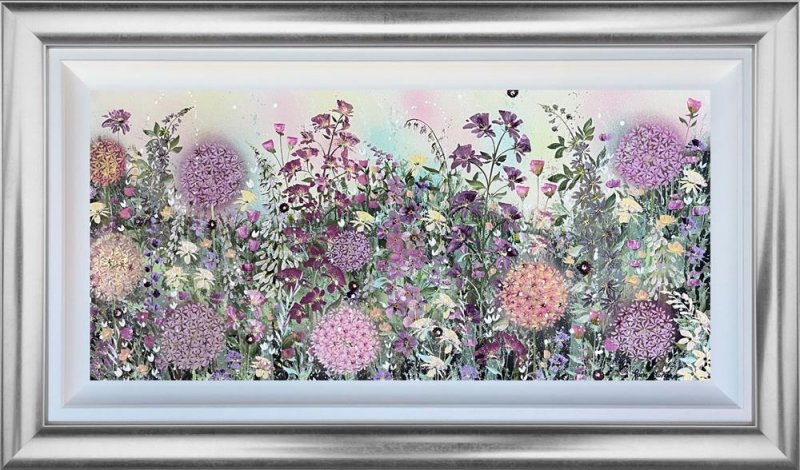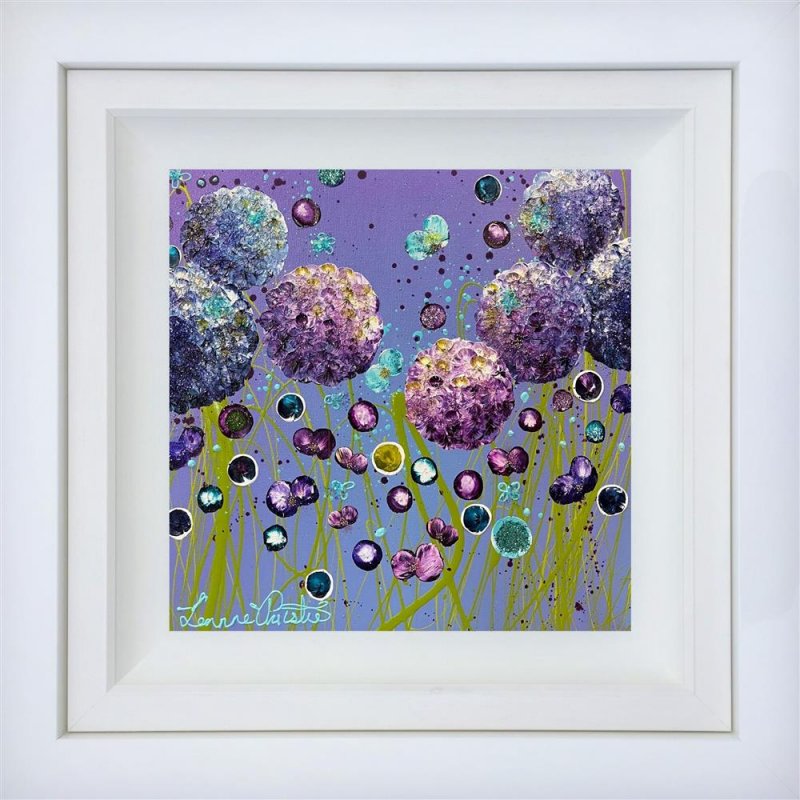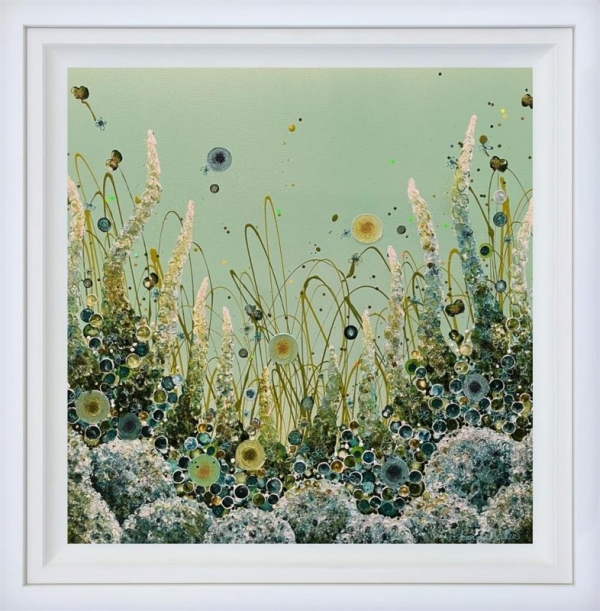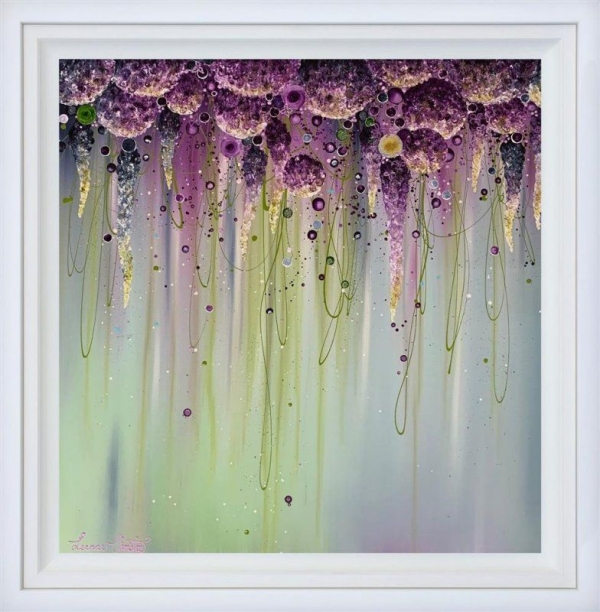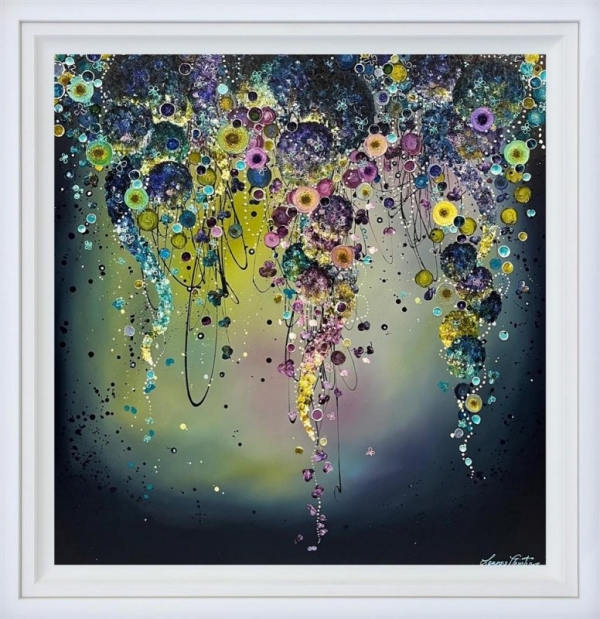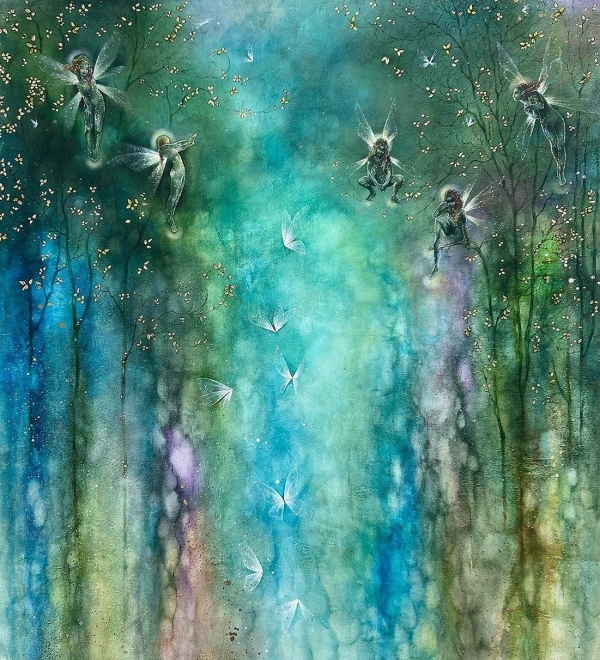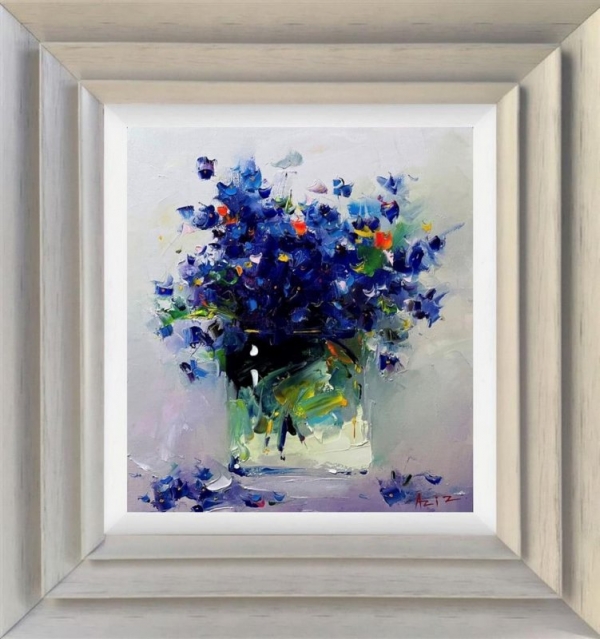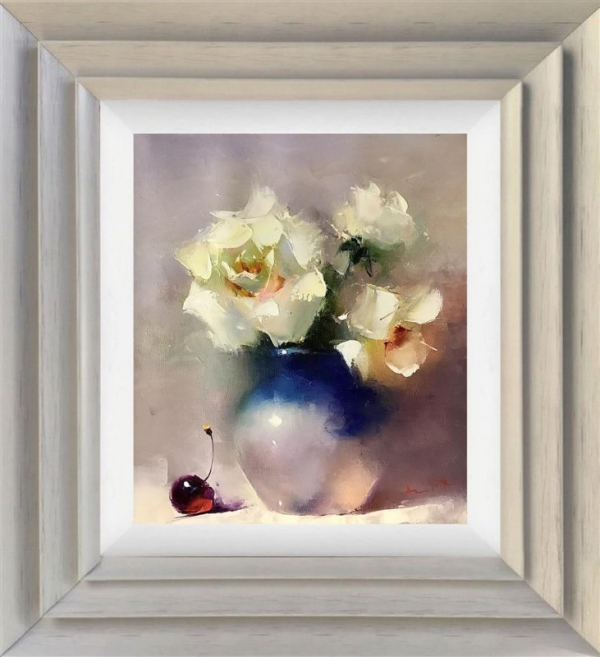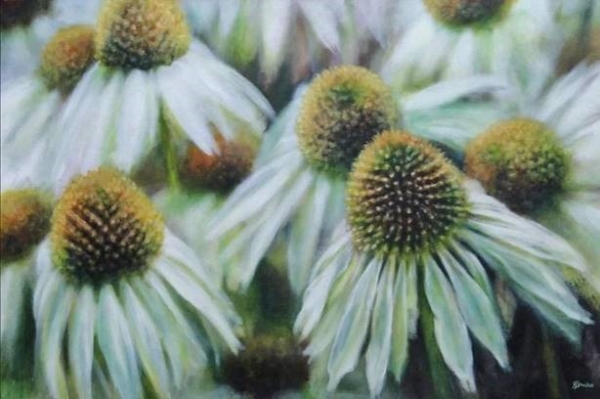19 Beautifully Famous Floral Paintings Of Spring
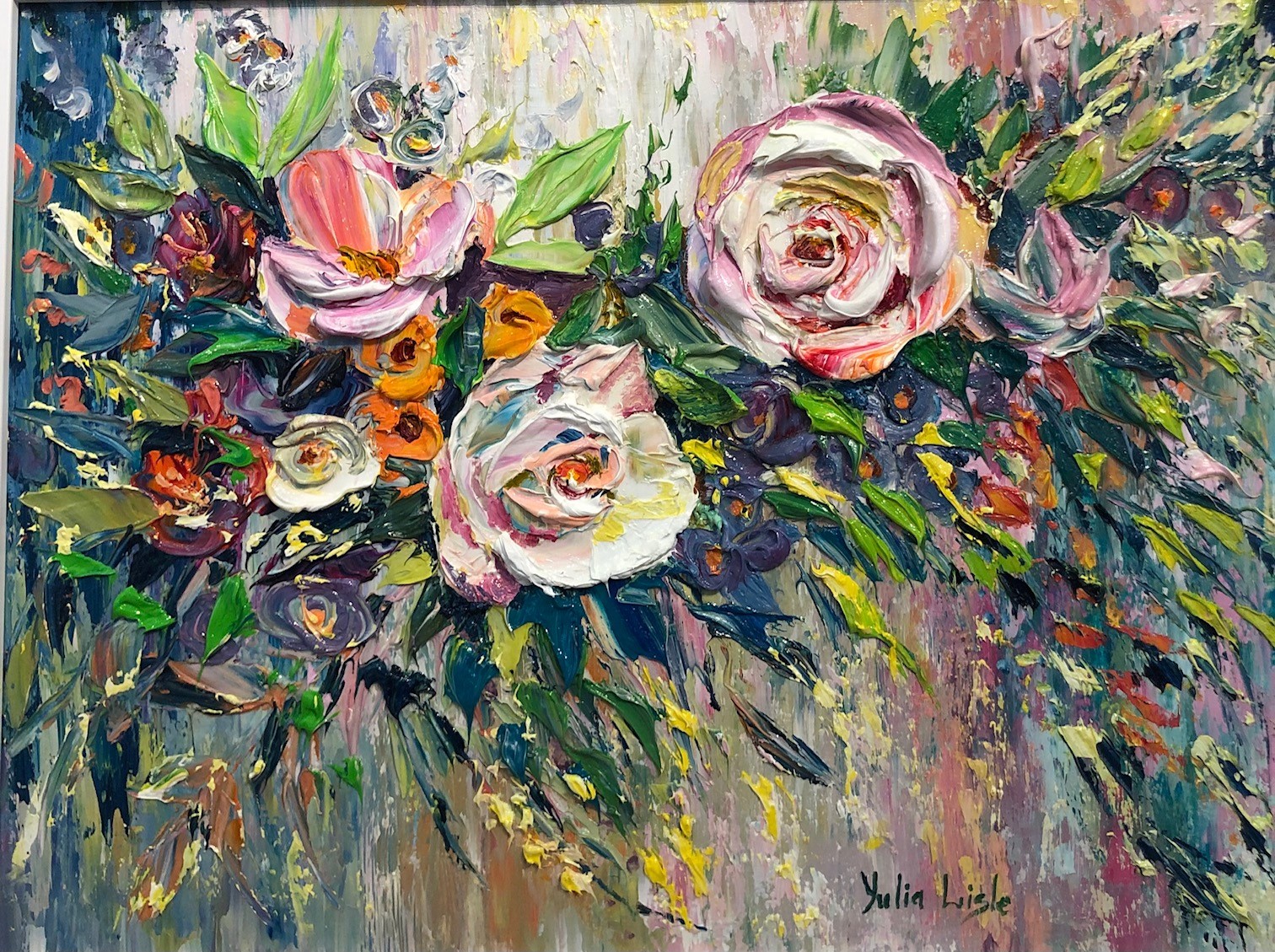

Spring and floral art: a brief overview
Spring is an inspiration to any creative. It’s a time when the soil itself is full of potential. Seeds take root, shoots push up from below and fruit trees blossom, each tiny flower a potential fruit. It’s no wonder spring flowers are a running theme throughout art history.
In this article, we’ll introduce you to 19 floral paintings of the season of growth. We’ll discuss the history of flowers through some famous floral artwork before delving into the EFA collection to find more beautiful art that highlights the wonder of springtime.
A brief history of floral paintings
We can find flowers in art as far back as the Ancient Egyptian era when lotus flowers were drawn frequently in many of the works that have survived thousands of years. In the Medieval period, floral motifs were used in illuminated letters to decorate early books.

